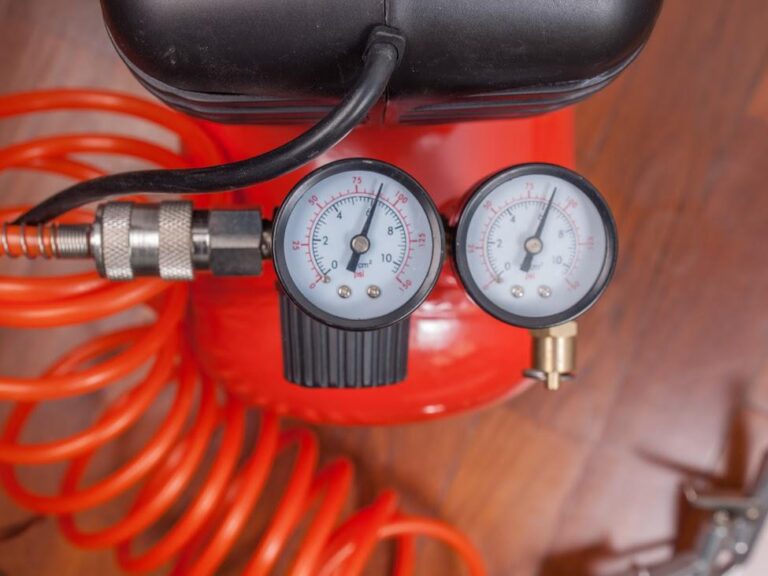Office Hours
Mon - Fri: 8:00 am - 5:00 pm Closed on Weekends
Toll Free
1-800-850-3440
Locations
Youngstown, OH, Cleveland, OH & Pittsburgh, PA
Office Hours
Mon - Fri: 8:00 am - 5:00 pm Closed on Weekends
Toll Free
1-800-850-3440
Locations
Youngstown, OH, Cleveland, OH & Pittsburgh, PA

Compressed air systems are essential in a wide range of industrial applications—from powering pneumatic tools and conveying materials to automation and process controls. However, these systems can be notorious for inefficiencies, often consuming more energy than necessary and costing businesses thousands in avoidable expenses.
For engineers tasked with designing or improving a compressed air system, optimizing performance isn’t just about choosing the right compressor. It involves a strategic approach that starts at the design phase and continues through implementation. In this guide, we’ll walk through the core principles of optimizing a compressed air system, with a focus on efficiency—covering piping layout, pressure management, and leak reduction.
Proper design is the cornerstone of an efficient compressed air system. Thoughtful planning early on can dramatically reduce operational costs, improve reliability, and extend equipment life.
Start with a detailed understanding of air demand—both peak and average. Our team of engineers runs off of asking the hard questions to get to the root of the needs for air demand. We will help you avoid the common mistake of oversizing the compressor. An oversized system not only wastes energy but also leads to pressure fluctuations and increased wear.
Choose a compressor that aligns with your load profile. Variable speed drive (VSD) compressors are ideal for fluctuating demand, as they adjust output to match usage, reducing energy waste. At Dearing Compressor, our professional engineers are prepared to help you weigh the pros and cons of available systems and create a custom-engineered package, perfect for your unique needs.
The design of your piping system plays a significant role in the efficiency and performance of air compressors and directly affects pressure drop, flow consistency, and maintenance needs. Ensuring that air flow is optimized also avoids the possibility of overheating and malfunctions, which avoids the possibility of generating carbon monoxide.
A closed-loop piping layout ensures consistent pressure throughout the facility and allows air to flow in multiple directions. This reduces pressure drop and prevents bottlenecks during peak usage.
Undersized piping increases friction losses and pressure drop, forcing compressors to work harder. Oversized piping, while more costly upfront, minimizes resistance and can lead to long-term savings.
Every bend, valve, or connector adds resistance. Our engineers design your system with the shortest, straightest runs possible, and use wide-radius elbows instead of tight bends.
Running a system at higher pressure than necessary leads to exponential energy costs. For every 2 psi increase in pressure, energy consumption rises by about 1%. In high-demand facilities, that adds up quickly!
Determine the lowest pressure at which all equipment operates reliably. Set your system pressure just above that threshold.
Incorporate pressure regulators and adequately sized receiver tanks to buffer demand surges without needing to raise system pressure.
Smart controllers can optimize compressor sequencing, reduce idle time, and prevent unnecessary start-stop cycles that waste energy.
Compressed air leaks are invisible energy thieves.
Did you know that a single 1/4-inch leak at 100 psi can cost over $2,500 a year in electricity!
According to the U.S. Department of Energy, a typical plant with no leak management strategy could lose 20–30% of its compressed air to leaks.
Use ultrasonic leak detectors to regularly inspect the system, especially fittings, valves, joints, and hoses.
Develop a maintenance culture where leaks are promptly repaired. Establish a log of identified leaks and ensure accountability for fixing them.
Invest in high-quality connectors and fittings, and avoid quick-connect couplings in permanent setups—they’re often the first to fail.
Optimization isn’t a one-time event—it’s an ongoing process. Install flow meters, pressure sensors, and energy monitoring devices to track performance over time.
Use data to identify trends, peak demand times, and areas of inefficiency. Benchmark performance against industry standards.
Ensure that operations and maintenance teams understand how their actions affect system performance. Even simple habits—like turning off unused equipment—can have a major impact. Train your staff to use data logging systems as well to analyze trends and improve future system design.
Many OEMs and aftermarket service providers in the compressor and pump industry are now integrating IoT and remote monitoring tools into their offerings.
Optimizing a compressed air system is both an art and a science—and it’s never a one-time project. It’s a continuous, lifecycle approach that requires strategy and proactive management. Dearing Compressor engineers are uniquely positioned to lead the way in creating systems that are not only high-performing but also cost-effective and sustainable.
By focusing on:
Strategic system design that matches real-world demand,
Smart piping layout to minimize resistance and pressure drop,
Effective pressure control that avoids unnecessary energy use, and
Proactive leak management to eliminate waste and improve reliability,
…you’ll drive significant performance gains and deliver long-term ROI—whether for your facility or your clients.
Ready to take the next step?
Whether you’re building a new system or upgrading an existing one, applying these core principles will help you engineer a smarter, more efficient compressed air system from the ground up. Contact us today to learn more!
Mon - Fri: 8:00 am - 5:00 pm
Closed on Weekends
Toll Free
1-800-850-3440
Youngstown, OH, Cleveland OH, & Pittsburgh, OH